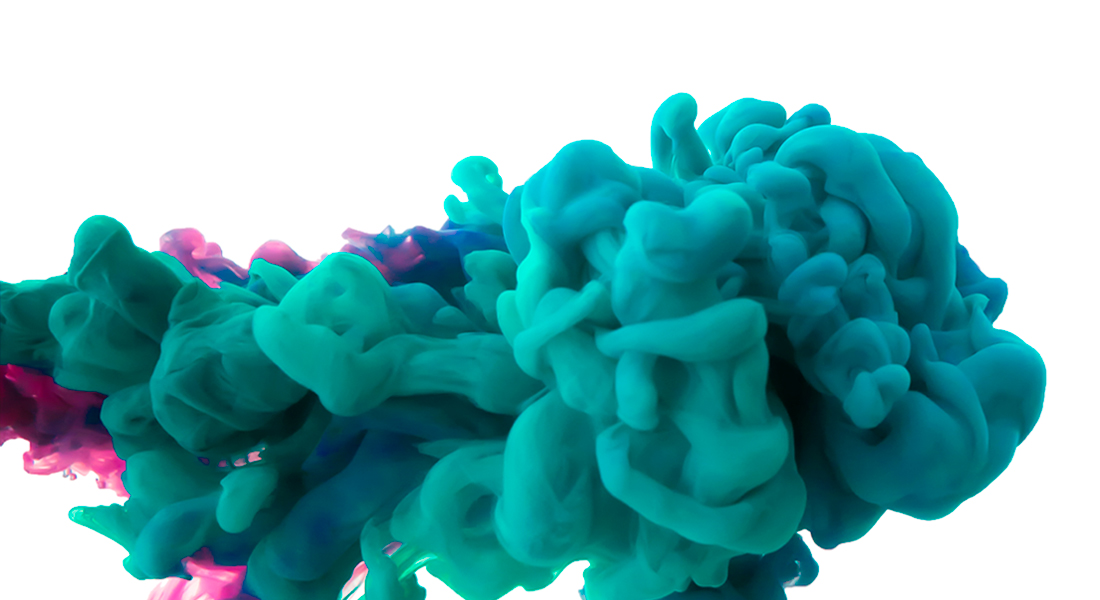SODAS Lecture Series: Mixed Methods in The Digital Age

Tommaso Venturini will present his work. He is a researcher at the CNRS Centre for Internet and Society. His research focuses on Digital Methods, STS and Visual Network Analysis.
On biting off more than you can chew. A question, an example and the beginning of an answer
Digital methods have been advertised by several scholars (including myself) for their potential to get over the divide between qualitative and quantitative methods. This crossing, however, has never been easy and quali-quantitative researchers has developed different strategies to tackle this difficulty. Some decided to “go native” and skillfully attuned their research questions to the methodological affordances of the available digital records. Other have preferred to “go meta” and investigate the limits and bias of digital research. These strategies are indubitably judicious, yet they give up (perhaps rightfully, perhaps a bit too quickly) a more ambitious goal of digital social sciences: exploring the deep cultural consequences of large sociotechnical systems. This requires crossing the quali-quantitative gap at its widest, stretching computational approaches over thick anthropological questions. Is this ambitious or just crazy? In my in talk I will address this questions by presenting an ongoing research on digital folklore, attention cycles and platforms infrastructure.
The SODAS Data Discussion will take place at SODAS in Zoom from 11.00 am to 12.30 pm.
If you want to attend the event or just want to know more, please write Sophie Smitt Sindrup Grønning at sophie.groenning@sodas.ku.dk.
